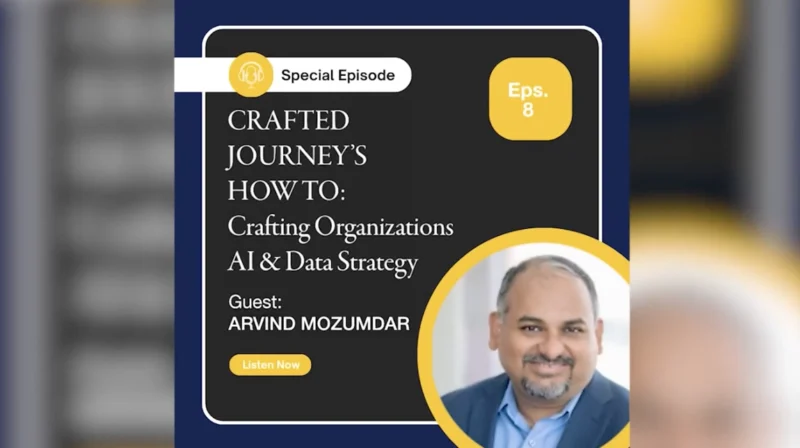Massachusetts Takes the LEED for Certified Buildings
The U.S. Green Building Council (USGBC) announced its top 10 states for LEED-certified buildings, and Massachusetts was coming in at number one for 2022.The top 10 LEED States include:
- Massachusetts, 3.76 certified gross square footage per capita and 96 green building projects
- Illinois, 3.48 certified gross square footage and 91 projects
- New York, 3.17 certified gross square footage and 142 projects
- California, 2.44 certified gross square footage and 78 projects
- Maryland, 2.39 certified gross square footage and 80 projects
- Georgia, 2.25 certified gross square footage and 66 projects
- Colorado, 2.17 certified gross square footage and 59 projects
- Virginia, 1.89 certified gross square footage and 95 projects
- Texas, 1.67 certified gross square footage and 174 projects
- Oregon, 1.43 certified gross square footage and 36 projects.
This growing trend towards LEED certification reduces greenhouse gas emissions and waste, and LEED buildings use less energy and water. And with the potential for reducing operational and maintenance costs, building owners and operators want LEED-certified buildings to contribute to an overall ESG strategy.
Raj Subramanian, Co-Founder at Facilio, offered advice for facility managers looking to reach and maintain building ESG goals.
Raj’s Thoughts
“My advice for facilities managers looking to reach their ESG goals, I would urge them to look for continuous evaluation of their building performance and building energy performance, and their carbon goals. So, the LEED certification is just a one-time evaluation.
It would be best if you kept on top of the real-time performance of your buildings. And for that, you need a good data infrastructure or tools that will provide insights into what your building performance is and tools that become necessary to capture data, real-time data from buildings and inform you about the real-time performance, and technology available to identify the opportunity areas in buildings in terms of where you can improve energy performance, through insights into which equipment or which areas or which spaces are performing less than ideal. And those are all of the tools and technology that could come in handy to reach your sustainability goals.”







